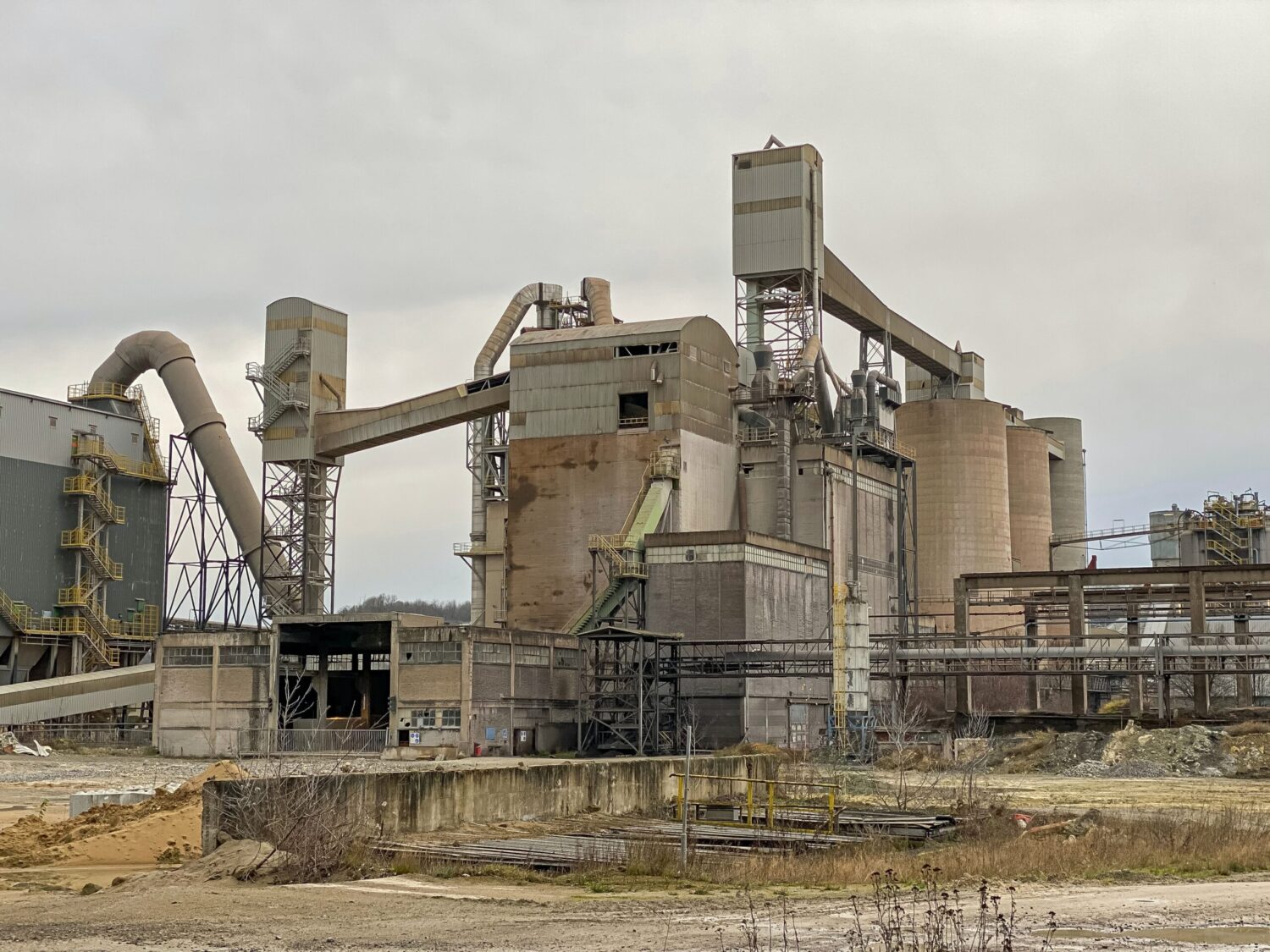e-kerosene For Aviation Provided By Cement
Cement production evolves loads of CO2, which captured serves green energy production. The EU proposal ReFuelEU marks an important step for decarbonization of kerosene used in aviation. CO2 and H2 are converted into syngas (MeOH). The combination of carbon monoxide with H2 is eventually ending in a process that generates e-kerosene. A good example for doing exactly so, is the German-mexican cement company CEMEX in Rüdersdorf, Germany. Here the plan starting hydrogen and MeOH production (synthethic fuel) is scheduled for 2030.
e-kerosene Helps Aviation Industry To Reach Ambitious Zero Carbon Targets
As Sergio Menendez, president of CEMEX Europe states, "CEMEX is already releasing 35 percent less less CO2 than in 1990. According to the company’s calculation, it is already releasing 35 percent less CO2 than in 1990". The Rüdersdorf plant sees different steps in escalation of the project In a first move, 15,000 tonnes of e-kerosene are produced per year.
Green Hydrogen needs leadership and participation of government and industry
The logistics and handling of green hydrogen will be generated as part of the IPCEI project. Elektrolyse-Korridor Ostdeutschland (electrolysis corridor Eastern Germany) to build a capacity of 210 MW. To start with Mecklenburg-Vorpommern, Brandenburg, Sachsen, Sachsen-Anhalt and Berlin are involved. This will enable the production of 35,000 tonnes of e-kerosene per year. This project also uses only renewable electricity for the production of 40 tonnes of green hydrogen per day, the consortium states, which requires that another 300 tonnes of CO2 per day be sequestered.
2030 To 2050 - Reduction in Emissions
Being at a quota of 0.7 percent synthetic fuel of all sustainable fuels for 2030, for 2050 we can expect to see a rise of 28 percent e-fuels by 2050.
Sources
Author: Niels Hendrik Petersen. In: h2-international - the journal on hydrogen and fuel cells (Jan 15, 2023)

